
- Start
- Double-deckers
- Tuppen
- Munken
- Hjelmen
- Karlhamnsfiolen
- Elvis
- Bulan
- Mohte
- Göteborgsfiolen
- Edvin
- Södling
- Norbergsfiolen
- Spetts
- Toftafiolen
- Bungefiolen
- Hammer
- Lumiere
- Metropol
- Mohte 2
- Jamtlifiolen
- Långalma
- Krokeken
- Antikrundanfiolen
- Angeredsfiolen
- Other swedish understringed fiddles
- Luthiers
- Other instruments with sympathetic strings
- References to violins with sympathetic strings
- Other instruments
- Contemporary fiddles
- Blog
- Origin of sympathetic strings
- Construction guides
- Search picture
- About me
- Bror Strand
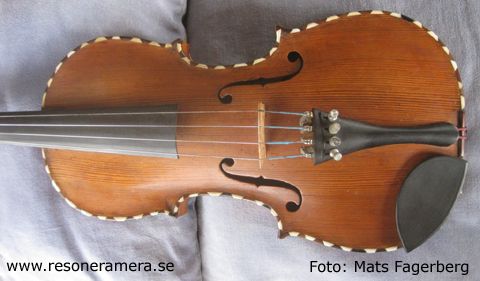
This fiddle looks like a standard violin but the owner identified it as a double-decker after a visit to this webpage. Small pegs where sympathetic strings can be attached indicates that the instrument has had a different scroll and pegbox with twelve pegs. You can also see that the neck has been changed. The name of the luthier is Johan Georg Mohte, a well-known builder from Ängelholm in Skåne. There has been indications that this instrument is to be found Stockholm Music Museum but this has proved to be wrong. Other information that this instrument has been kept at Nordiska museet in the early 20:th century is uncertain but the 1921 edition of Nordiska museet's annual publication "Fataburen" contains a reference to this istrument:
Fiddle, has possibly been a viola d'amore, marks of several strings is to be seen close to the end button. Intarsia with ivory in an arrow shaped pattern on chest and back around the ribs. Name label, fig. 7, of paper with a written signature: »Johan George Mothe in (?) Engelholm 1736». Owner: doctor John Nordlund, Stockholm.
The current owner is a relative to John Nordlund and year written on the label is identical to what is stated in "Fataburen". Most likely it is this instrument that referenced in older text. The violin has some intarsia on the edges and some painted patterns near the corner of the bottom. It is supposed to sound good and is easy to play on.
Johan Georg Mohte
Johan Georg Mohte, 1690/1695-1765, was the first in a family of luthiers in Ängelholm, Skåne. He was born in Dresden in Saxony in 1690 and probably joined the Swedish army while Karl XII was stationed there after the treaty of Altranstädt in 1706. In 1707 the army marched out from Saxony to start Karl XII:s Russian campaign which ended with the defeat in Poltava 1709 after which the king fled to the Ottoman Empire (Moldova) and the rest of the army surrendered in Perevolotjna and all the soldiers ended up in imprisonment in Siberia. Mothe and other prisoners were released after the treaty of Nystad in 1721 and Mothe joined Arwit Rönnegren and a few other soldiers (Johan Engelberg and Johan Kringelberg) to Scania in May 1722. Mothe applied for citizenship and claimed he had learned to be a luthier during the years in Siberia and asked to be able to establish a workshop in Ängelholm. It is not known who taught violin making to Mothe but it has been assumed it is someone connected to Joachim Tielke in Hamburg due to the similarities in style.
Johan Georgs son Johan Jörgen was granted priviledges for luthier work in 1748 and he had a son called Önnert who practised violin building in the 19th century. Johan Georgs son in law, Jacob Hellman was also a luthier in Ängelholm and Carl Johan Broberg (Gothenburg) and Hans Severin Nyborg (Örkelljunga) were also apprentices at Mothes workshop. Two gambas, a violin from 1745 and at least two but probably four Double-deckers made by Johan Georg Mohte have been preserved but there are no known instruments by his son or grandson.
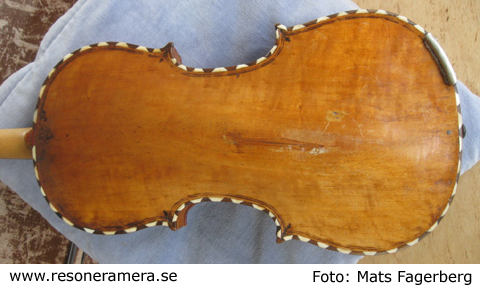
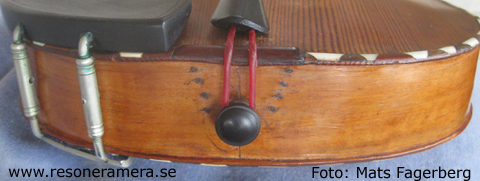
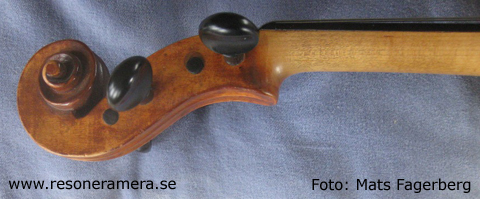
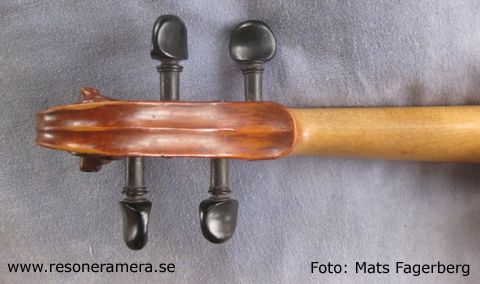
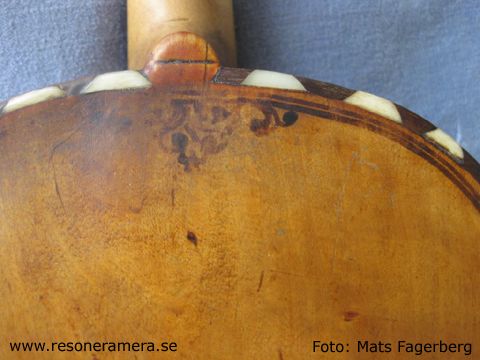
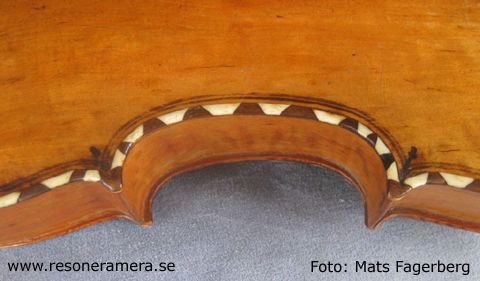
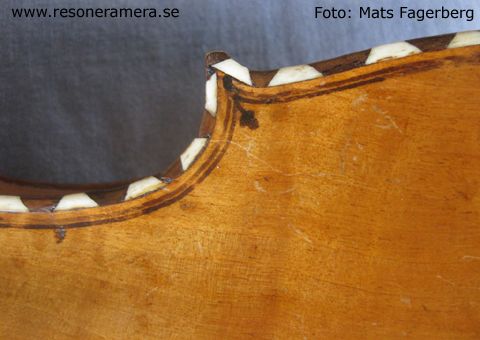
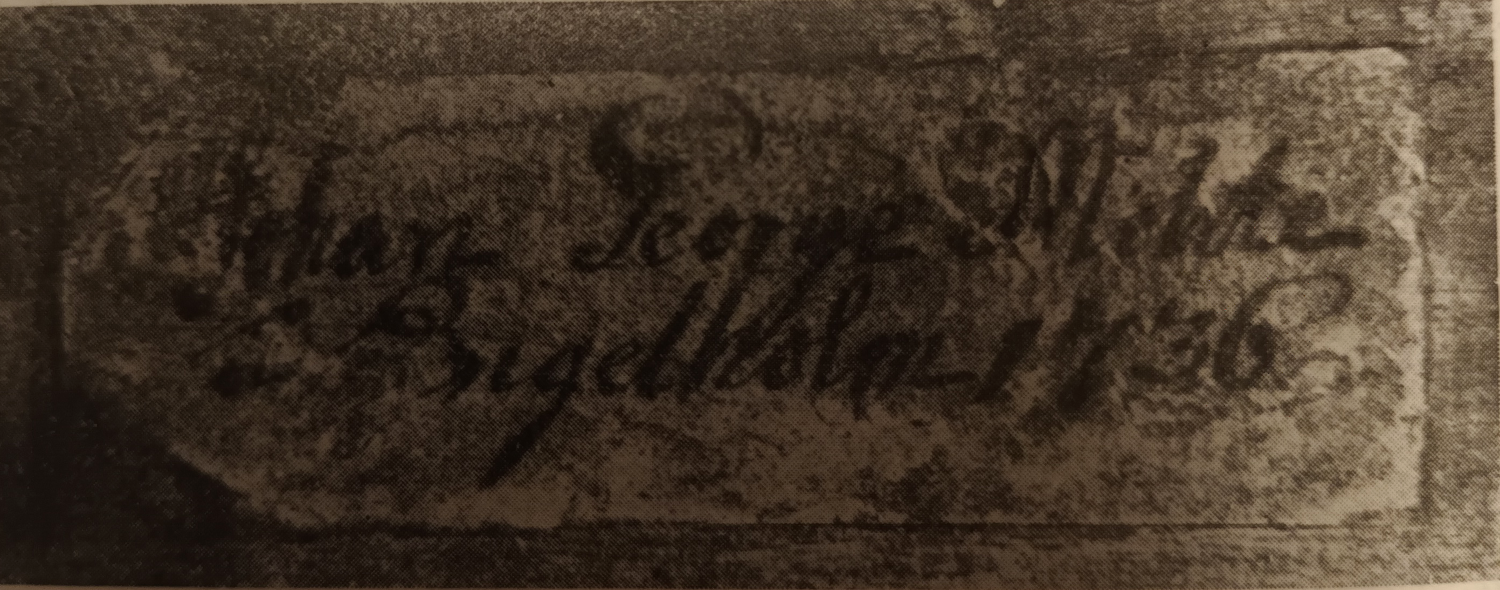
| Name | Mohte |
| Type | Double-decker |
| Luthier | Johan Georg Mothe |
| Year | 1736 |
| Origin | Ängelholm, Skåne |
| Found in | Stockholm |
| Playing strings | 4 |
| Sympathetic strings | 8 |
| Total length | 580 mm |
| Scale length | |
| Length of corpus | 345 mm |
| Height | 55 mm |
| Rib height | 32 mm |
| Other instruments built by Johan Georg Mothe | EdvinMohte 2KulturencellonKulturengambanAngeredsfiolen |
| Other instruments with the same number of sympathetic strings | TuppenMunkenHjelmenKarlhamnsfiolenElvisBulanGöteborgsfiolenEdvinSödlingNorbergsfiolenHammerMohte 2JamtlifiolenAntikrundanfiolenAngeredsfiolen |
| Other instrument with rose painting | TuppenGöteborgsfiolenEdvinAngeredsfiolen |
| Other instruments with edge intarsia | EdvinMohte 2Arwitgamban M285MeyergambanKulturencellonKulturengambanAngeredsfiolen |